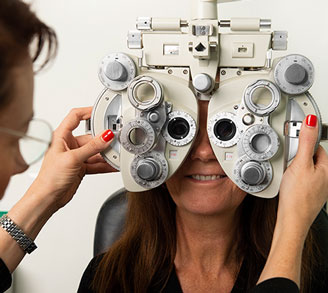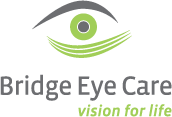
Latest Technology
We Invest in the Best
OPTOS
The Optos is an ultra-wide imaging camera. It is capable of taking a high resolution image of up to 200 degrees of the back of the eye. Traditional retinal cameras can only capture between 10 – 100 degrees. This assists our Optometrists to discover, diagnose and document diseases and issues with the eye that may first present in the peripheral retina. Many systemic diseases such as hypertension and diabetes, display signs at the retina. The optomap is an advanced eye health technology that incorporates low-powered laser wavelengths that enhance the imaging of retinal substructures enabling these issues along with retinal tears and detachments, moles on the back of the eye, and cholesterol embolus to be detected more effectively. Our mission of giving our patients their “best vision” and our commitment to using the most progressive technology made the Optos an unquestionable asset to our practice.
OCT
OCT is an abbreviation for Optical Coherence Tomography. It is a non-invasive tool that takes images of the layers of the retina, specifically the optic nerve and macula. It allows the Optometrist to see below the surface of these structures and more easily diagnose glaucoma and macular degeneration along with a variety of other ocular conditions. Our OCT also has the capability of measuring the thickness of the front surface of the eye. This has implications for diagnosing not only glaucoma but also corneal swelling. Having an accurate image of the retina, optic nerve and macula allows an ocular health plan to be tailored to your specific needs and your ocular health to be monitored with more detail and therefore precision in determining changes.

VISUAL FIELD
A visual field test will measure not only your central vision but also you side peripheral vision. Unfortunately, a person may have clear central vision but be missing part of their peripheral vision without having any symptoms. A visual field test can determine whether you have blind spots in your vision, where they are and how large they are. Detecting the size and location of a blind spot can determine what has caused the problem. It can be retinal damage, nerve damage or blood vessel damage. Good peripheral vision is not only an indicator of your ocular health and potentially your general health, it is a legal requirement of a drivers licence and is therefore critical to most people’s livelihood. We now have a new instrument that completes the test in a significantly shorter time.
AUTOREFRACTOR
An autorefractor is a computer-controlled instrument used to estimate a patient’s spectacle prescription. It is useful for testing post cataract patients, very young children, and non-verbal or disabled patients. It is yet another tool we use to give a comprehensive and personalised eye examination.
CORNEAL TOPOGRAPHER
A corneal topographer is a computer assisted diagnostic tool that creates a three dimensional map of the front surface of the eye. The cornea (the front focussing lens of the eye ) is responsible for about 70% of the eye’s focussing power. Therefore, an irregular cornea can cause less than perfect visual results. A topographer is an advanced eye health technology and used to diagnose diseases of the eye such as keratoconus and dry eye disease. It is also used for measuring and fitting of contact lenses.
CR Terminal
The iTerminal is a computerised centration device used for measuring how the lenses that your Optometrist has prescribed will best be customised into the frame you have chosen. Measuring specific parameters of how a frame fits on you face will optimise the performance of a lenses providing clearer and more comfortable vision.



78%
Success Rate
Book an
Appointment Today!
Book your full eye health check and vision assessment today.
Book Appointment